low end tidal co2 acidosis
It is important to keep the airway pressures low to avoid increased intracranial pressures. Cold stored low titer O whole blood.

Of The Mechanisms Underlying Peritoneal Acidosis Oxidative Stress Download Scientific Diagram
Pre-screened low titer O fresh whole blood.

. 2123 Existing human data similarly suggest that VILI risk for a given end-inspiratory. Partially compensated Respiratory Acidosis. Anesthetic gases nitrous oxide halothane isoflurane desflurane sevoflurane also known as inhaled anesthetics are administered as primary therapy for preoperative sedation and adjunctive anesthesia maintenance to intravenous IV anesthetic agents ie midazolam propofol in the perioperative setting.
EtCO2 is a measurement of the partial pressure of CO2 in gas expired at the end of exhalation when exhaled gas will most closely resemble the alveolar CO2 concentration. Flow v Tidal Volume Inspiratory time. CVP despite having a good sensitivity of 886 high specificity of 100 and a significant p-value is not a reliable detector of fluid responsiveness due to its small AUC value and low 95 CI.
In people with COPD who have serious breathing problems the increased CO2 level can result in what is called respiratory acidosis. Coarse tremor multifocal myoclonus and asterixis. Waveform capnography should be monitored in all intubated patients and displayed on the monitor as above.
At end inspiration inspiratory pause there is no flow and hence airway pressure plateau pressure 0 x resistance alveolar pressure alveolar pressure. Capnography is the monitoring of the concentration or partial pressure of carbon dioxide CO 2 in the respiratory gasesIts main development has been as a monitoring tool for use during anesthesia and intensive careIt is usually presented as a graph of expiratory CO 2 measured in millimeters of mercury mmHg plotted against time or less commonly but more usefully. When CO2 is elevated it creates an acidic environment.
20 bpm ACPC ventilation. What is the best action to take. Capnography should be used to maintain the end-tidal CO2 between 30-35 mmHg.
End-tidal carbon dioxide monitoring ETCO2 has clinical uses far beyond solely determining hypo- or hyperventilation. When this happens in late-stage COPD when a person has severely weakened respiratory muscles the condition may lead to respiratory failure. What is end-tidal CO2 etCO2.
The highest oxygen concentration FIO2 possible should be used for hyperventilation. This non-invasive monitor can give valuable information about cardiac output perfusion and ventilation. The low-pressure alarm sounds on a ventilator.
It is the measurement of CO2 at the completion of exhalation and roughly correlates to the CO2 present in arterial blood. Partially compensated Metabolic Acidosis d. High end-expiratory lung volume and low cyclic strain induces comparatively less lung injury.
TIH and the associated coagulopathy and acidosis result in significantly increased risk. Findings of the physical examination revealed swelling and induration at the angle of the left mandible and a slightly protruding brownish lesion with central redness at the opening of Stensen duct in the left buccal mucosa. A 22-day-old male neonate presented to the emergency department with a 1-day history of fever associated with erythema on the left cheek.
Hence in PC-CMV when Inspiratory time is fixed and if tidal volumes are increased that means flow rate is increased. After ROSC inadequate ventilation and resultant hypercapnia will exacerbate any existing metabolic acidosis and potentially worsen any haemodynamic instability. The amount of CO2 at the end of exhalation or end-tidal CO2 ETCO2 is normally 35-45 mm HG.
High tidal volumes with associated large cyclic strain cause lung injury. The height of the capnography waveform accompanies this number on the monitor as well as the. Headache eg nocturnal hypoventilation may cause headache upon.
Current guidelines for post-ROSC care recommend using low tidal volume ventilation 68 ml kg 1 IBW with titrated levels of PEEP and aiming for normocapnia. Inhaled anesthetics enjoy regular use in the clinical. The nurse assesses the client and then attempts to determine the cause of the alarm.
61920 Yet achieving the same peak strain with high PEEP and low tidal volumes ie. Respiratory acidosis in a patient with COPD because of alveolar hyperventilation and increased PaO2 levels. Use an end-tidal CO2 monitor to check for placement in the trachea.
CONTENTS Symptoms Laboratory diagnosis of hypercapnia Causes of hypercapnia Evaluation Podcast Questions discussion Pitfalls symptoms of severe hypercapnia Delirium somnolence and eventually coma CO2 narcosis.

Quick And Dirty Guide To Acid Base Balance Medictests

Pin By Justine Lewis On Anestesia Crna School Solubility Anesthesia

Pdf Applications Of End Tidal Carbon Dioxide Etco2 Monitoring In Emergency Department A Narrative Review Semantic Scholar

Etco2 And Venous Blood Gas Ph Correlation Fit Plot Download Scientific Diagram

Clinical Cases In Capnography Ppt Video Online Download

Image Result For Medical Assessment Emt Cheat Sheet Emergency Nursing Emt Study Paramedic School

Respiratory Acidosis Hypercapnia Emcrit Project
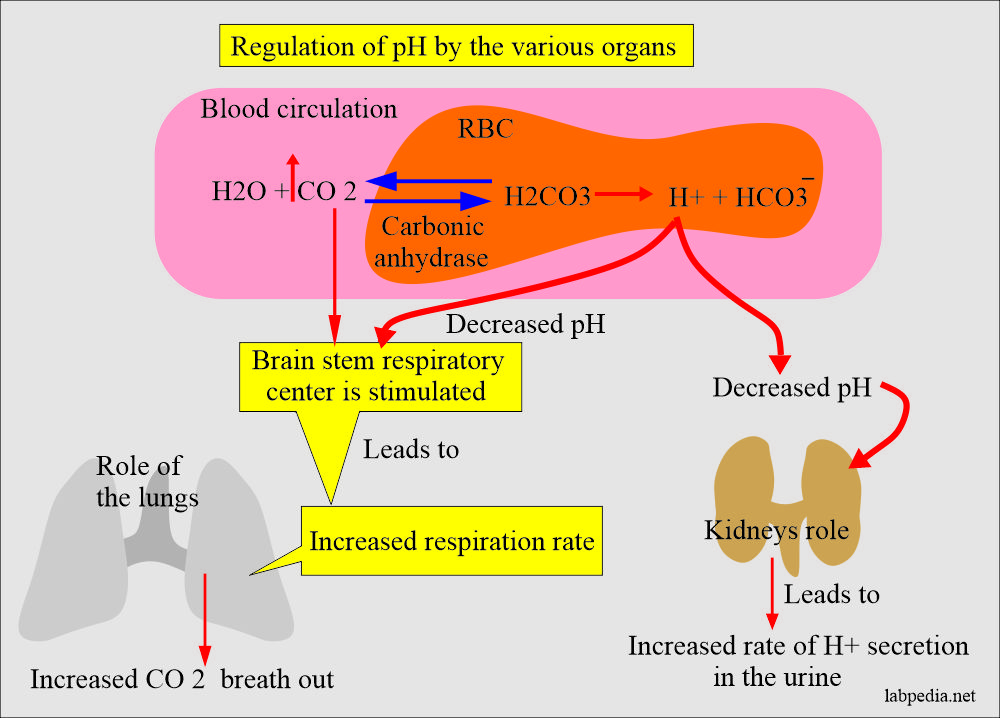
Acid Base Balance Part 2 Introduction Of Acid Base Balance Metabolic Acidosis And Metabolic Alkalosis Labpedia Net

𝙟𝙤𝙨𝙝 𝙛𝙖𝙧𝙠𝙖𝙨 On Twitter The Neat Thing About Etco2 Is That If We Are Wrong And The Patient S Lungs Are Sicker Than We Thought We End Up Erring On The Side
End Tidal Co2 The Drummer Of The Vital Sign Band Pem4
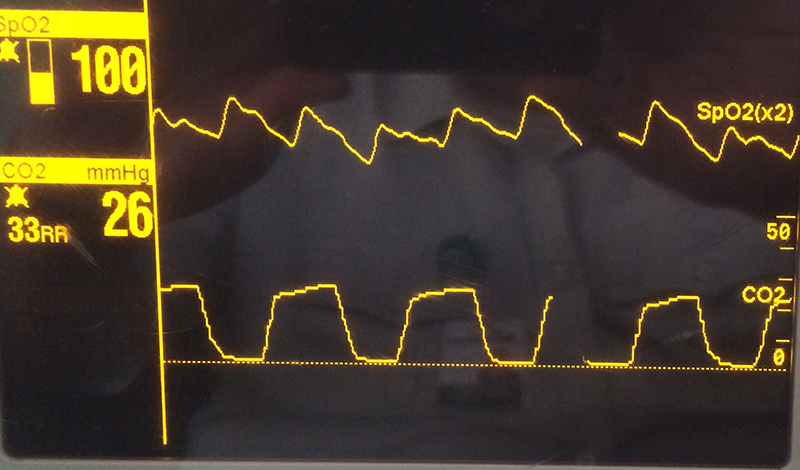
How Capnography Can Be Used To Identify Sepsis Capnoacademy Capnoacademy
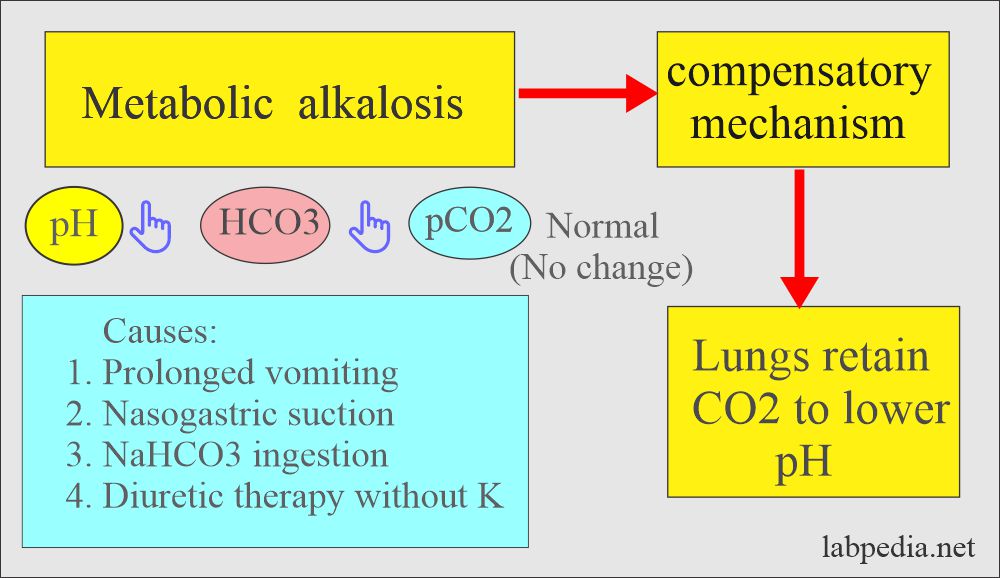
Acid Base Balance Part 2 Introduction Of Acid Base Balance Metabolic Acidosis And Metabolic Alkalosis Labpedia Net

End Tidal Capnography Can Be Useful For Detecting Diabetic Ketoacidosis Monitoring Copd Page 2 Of 4 Acep Now Page 2

Acidosis Acidosis Dissociation Anesthesia
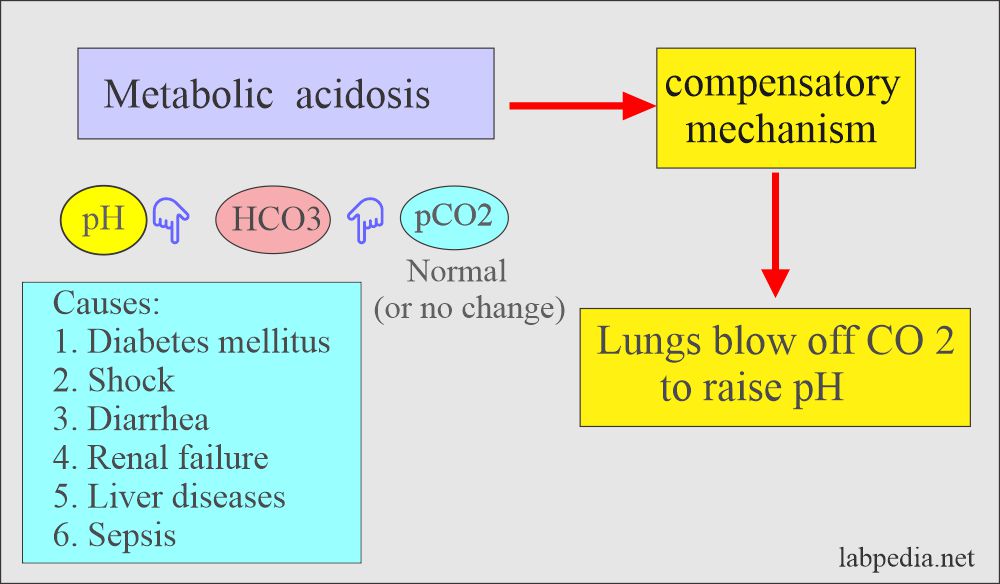
Acid Base Balance Part 2 Introduction Of Acid Base Balance Metabolic Acidosis And Metabolic Alkalosis Labpedia Net
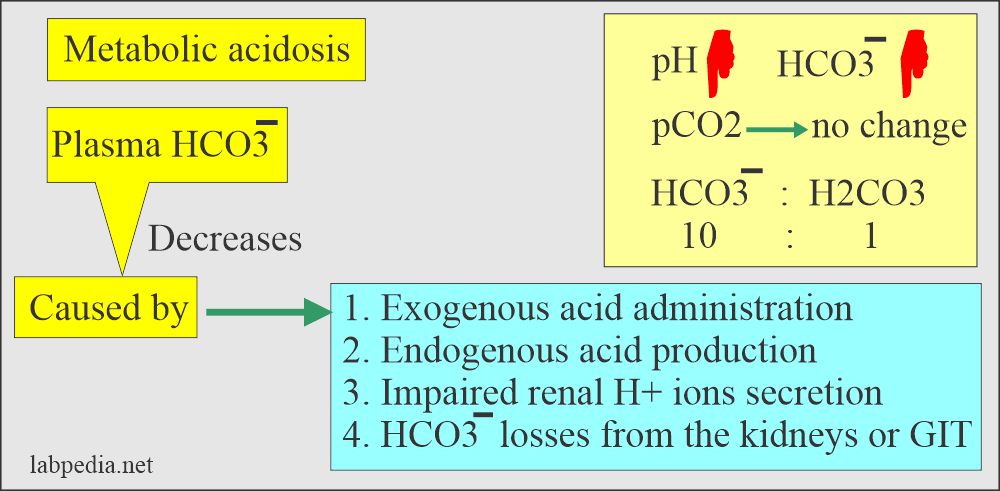
Acid Base Balance Part 2 Introduction Of Acid Base Balance Metabolic Acidosis And Metabolic Alkalosis Labpedia Net


